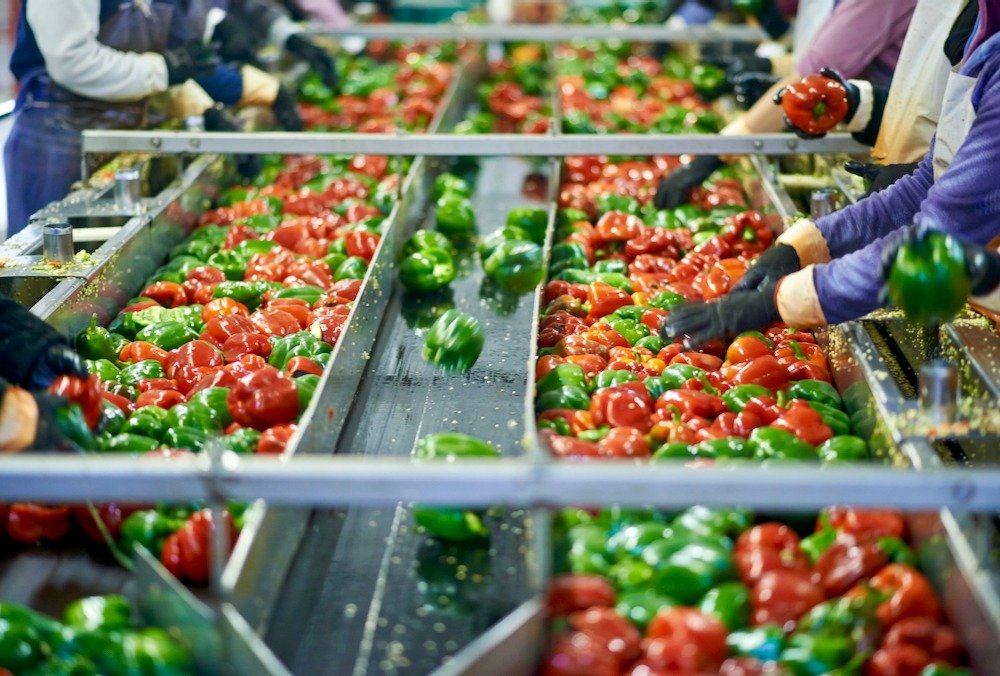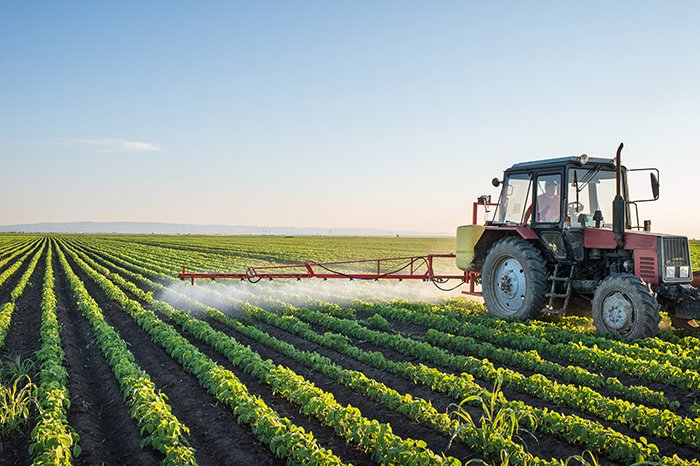Ontario is home to a vibrant and diverse agri-food sector, encompassing everything from vast grain fields and livestock farms to fruit and vegetable growers, food processors, grocers, and transporters. This complex network forms our provincial food supply chain, which contributes significantly to the economy, generating $47 billion in provincial gross domestic product (GDP) and employing one in ten Ontarians in 2021. While bountiful and complex, this system has been tested by external challenges, broadening understanding of how food gets from farm to fork. The “Grow Ontario” strategy has been developed as a plan to strengthen this vital sector.
A key belief underpinning the Grow Ontario strategy is the importance of taking action to be a world leader in research and innovation. The strategy explicitly aims to increase the creation and adoption of precision agriculture and innovative technologies. Research and innovation are viewed as critical for the sector’s success, helping farmers become better stewards of the land and the environment, and demonstrating leadership in sustainability.
However, developing new technologies and conducting research are only part of the equation. A crucial element highlighted in the strategy is the need to ensure these advancements are put into practice. A significant goal is to “Ensure the translation and transfer of research into practical solutions for Ontario’s agri-food sector, getting the research from the lab onto the farm”. This means actively working to “support and move innovations out of the lab and into the field, process plant and marketplace”.
This process of bringing research and innovation to those who can use it throughout the agri-food supply chain is vital for numerous reasons, as outlined in the sources. It is seen as essential to enhance competitiveness and add productivity. Applying innovation also helps to strengthen the sector against future disruptions, address ongoing vulnerabilities, and make the sector more resilient, including against environmental challenges. Practical application of research helps farmers leverage technology to improve economic and environmental returns, supporting goals like improving soil health and water quality. It also helps the sector grow the use of data to support business decisions and increase efficiencies. By implementing new technologies and practices, the sector can increase yields and production capacity, ultimately contributing to sustainable economic growth.
To achieve this, the Grow Ontario strategy includes tangible actions. These involve building and maintaining world-class research infrastructure, enhancing programs like On Farm Applied Research and Monitoring (ONFARM) to improve best management practices, and developing programming to support commercialization, piloting and demonstrations of new technologies. The strategy also utilizes agri-food technology adoption working groups to gather input on priority areas for adoption, such as robotics and data utilization, and supports this through investments like the Agri-Tech Innovation Program.
While the specific term “agricultural extension” is not used in the provided excerpts from the Grow Ontario strategy, the core idea behind it – the active process of transferring research, knowledge, and technology to farmers and others in the agri-food sector for practical application – is clearly a fundamental component of the plan. This commitment to ensuring that innovations make their way from the lab to the field and throughout the supply chain is crucial for building a stronger, more competitive, and resilient agri-food sector for the future, ensuring consumers have access to safe, nutritious, homegrown food.


